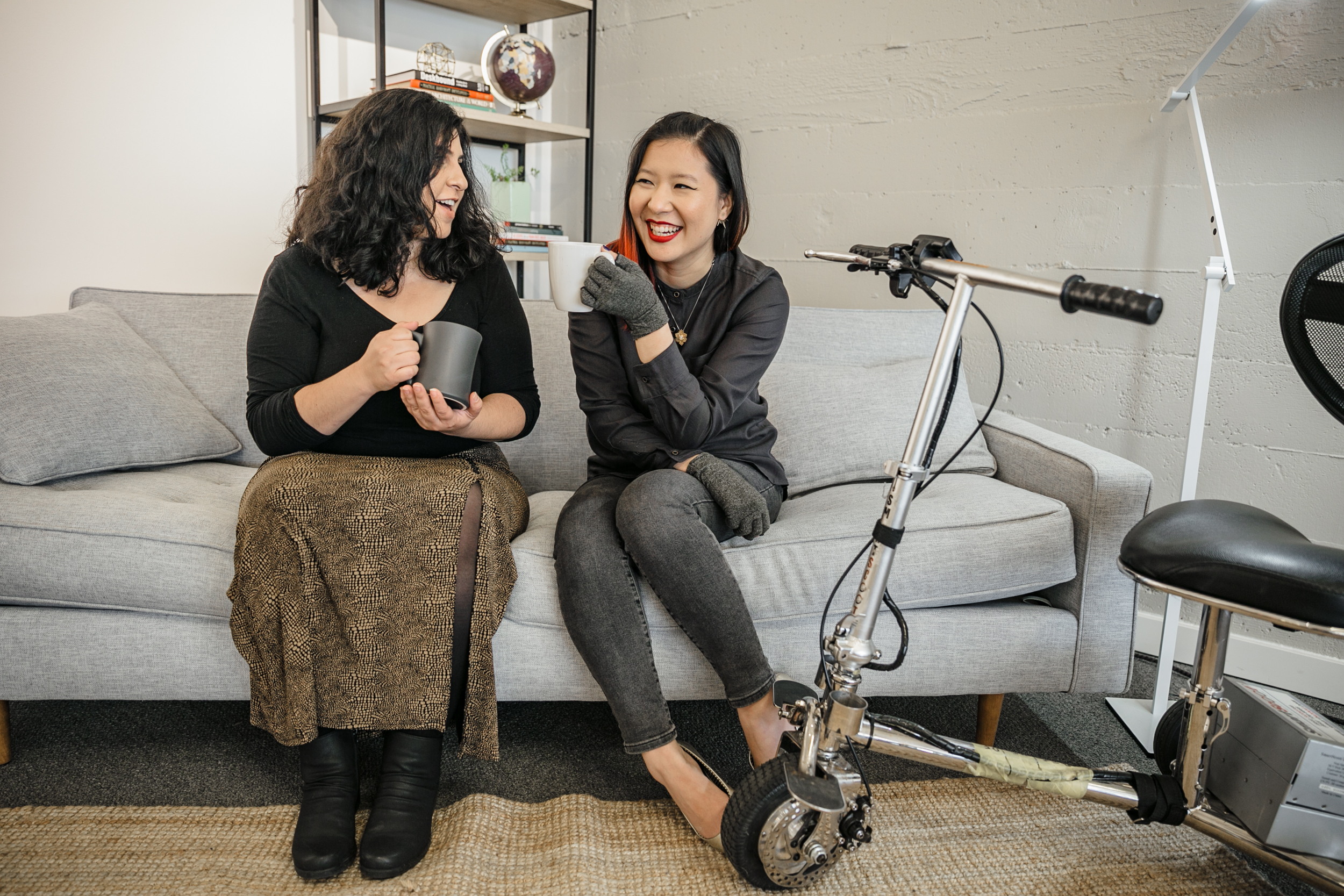Written by: Jeanna Pillainayagam, member of Foundry’s Provincial Youth Advisory Committee
One of the primary roles of the members of the UBC Youth Research Advisory Panel (YRAP) was to provide feedback to researchers on their draft grant proposals. With such a diverse panel, there were many perspectives and a variety of feedback provided to each researcher. In this blog post, I would like to go over some of the main things I look for and the key questions I consider when providing feedback on a draft grant proposal.
Representation – How will the researchers ensure that there is equal representation across relevant identifying factors such as ethnicity or gender? Are there any barriers in the current grant proposal that would make it harder for certain groups of youth to participate? Is the research topic a stigmatized issue in certain cultural or religious groups, which would limit the diversity of youth volunteering to participate in the study?
Accessibility – Are there accommodations in this study for youth with physical disabilities? For example, if the study requires all participants to meet at a physical location, is the location accessible for someone who uses a wheelchair? Do any videos the participants may have to refer to include captions? Furthermore, if the study requires online participation, it is also important that youth have access to the appropriate technology. Some youth may not have the stable internet connection or physical technology that is needed to be able to participate, making these studies inaccessible.

Image description: A Latinx disabled woman and an Asian disabled genderfluid person chat and sit on a couch,
both holding coffee mugs. An electric lightweight mobility scooter rests on the side.
Photo from: Affect the Verb
Another crucial thing to keep in mind when dealing with diverse populations is that sometimes researchers will have to work with youth who do not speak English as their first language, or who have parents that are not comfortable speaking in English.
Although it may not be possible to have translations for every language spoken, it might be helpful to consider having translators or translated materials for languages that are commonly spoken in the main areas that the studies target, to increase the likelihood of recruiting diverse participants.
Safety – How will the researchers foster a safe environment for youth in their spaces? What are some steps the researchers are taking to make sure the youth they work with feel comfortable and respected? What are some considerations that are being made for BIPOC or LGBTQ+ folks in terms of safety?
It is imperative that youth participants feel safe in research spaces because it allows them to feel more comfortable being open and honest with their thoughts, opinions, and experiences, which can lead to more accurate research outcomes.
Likewise, it is also important to think about how the researchers will safely collect youth data and store it so the participants’ privacy is not compromised. Moreover, when the researchers present their findings, will they anonymize any data or direct quotations from youth?

Image description: A women of colour wearing a white top, standing against a pale green background
and staring into the distance.
Practicality – As a young person myself, do I see any barriers to participating in this research space? Are there certain improvements that I think can be made to make the process smoother and/or more comfortable for youth? Do I see my peers participating in a study like this? What might be some barriers for them?
Nuance – Are there perhaps some details that come from lived experience as a young person accessing the healthcare system, that might have been overlooked when designing the study?
I think it is very important to mention that of course researchers have more experience under their belt in terms of education and working in a clinical setting. However, sometimes when people are so used to setting up systems and projects from their perspective, they may tend to forget or overlook details that are meaningful for their target populations.
This is by no means an exhaustive list.
However, I think it highlights some of the major factors I take into account when I provide feedback on grant proposals to researchers. I recognize my immense privilege, having had the opportunity to take part in a panel like the YRAP, and I am extremely thankful for the experience. I can only hope that soon, collaboration with youth will become a regular step in the process of conducting meaningful and impactful research.
About Jeanna Pillainayagam

Image description: A person of colour smiling at the camera against a black background.
Jeanna Pillainayagam is currently a member of the Foundry Provincial Youth Advisory Committee, and was a member of the Youth Research Advisory Panel (YRAP). She also has volunteer experience with mental health organizations including CMHA-BC and Jack.org, and has previously worked on mental health projects with groups such as Anxiety Canada, the University of Northern British Columbia, and the BC School Counsellors Association. She is passionate about promoting mental health education and destigmatizing mental illness.
Jeanna believes the YRAP was an excellent opportunity for young people to advocate for the needs of youth in terms of creating accessible, adequate, and appropriate health/wellness services. She hopes to see more programs like the YRAP in the future.
Keywords: youth research, mental health, accessibility, equity, diversity, inclusion, accessible research, representation, IBPOC, LGBTQ+, 2SLGBTQIA+, Foundry BC, Foundry, Feedback, Research, Youth, Youth Research, Jeanna Pillainayagam, Representation, Accessibility, Safety, Youth Participants, Practicality, Nuance, Privacy, Research Study